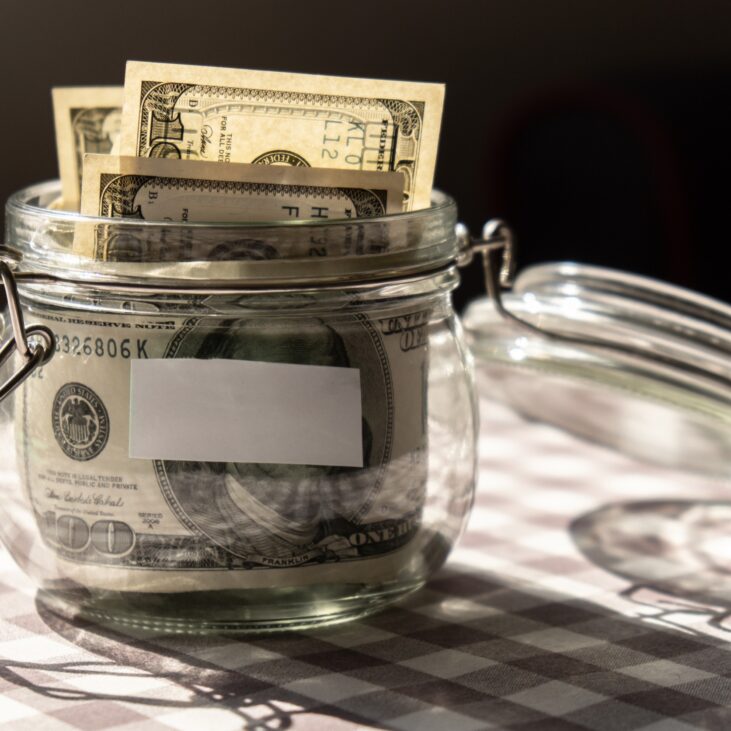Takeaways
- Your budget contains both fixed costs and variable costs.
- Fixed costs are usually the highest costs in your budget and are long-term.
- By controlling fixed costs, you can free up more cash to meet other financial goals.
- Smaller fixed costs can go undetected, make sure you understand your expenses.
- Reducing fixed costs requires negotiation on the front end of the transaction.
What Are Fixed Costs?
Fixed costs are expenses that do not change with an increase or decrease in your level of consumption. Fixed costs tend to be longer-term and often have a set contracted amount. Fixed expenses can be yearly charges or month-to-month expenses like your rent or mortgage, gym memberships, student loans, or car notes.
Many cost-cutting exercises focus on the low-hanging fruit of variable costs in your budget, which are costs that do fluctuate with your level of consumption, like going out with friends or purchasing new clothes. However, fixed costs are usually where your high expenses reside. If you can cut your fixed costs, you will disproportionately affect your budget.
How Fixed Costs Affect Your Budget
Many budgeting strategies, like the 50/20/30 budgeting method, offer suggested allocations for spending categories. In the 50/30/20 budgeting method, 50% of monthly spending goes to needs, 30% to personal wants, and 20% to savings and investing. In budgeting parlance, terms like “fixed costs” and “needs” are synonyms.
Fixed costs are more predictable than variable costs. Because they are repeat costs, and you know when they will hit your budget and how much they will be, fixed costs are easy to track. Because of that, fixed costs are excellent expenses to help start automating your finances.
Tracking your fixed costs will help you understand how much you are spending on your needs. Fixed costs can truly hamper your ability to meet your personal savings goals, like saving for an emergency fund, investing, or down payment, because they consume so much of your monthly cash flow. You can track your monthly fixed costs in a spreadsheet or budgeting application.
Smart Tip:
The best budgeting applications will highlight recurring expenses, allowing you to see how much of your hard-earned money is going to fixed costs. Reducing recurring transactions, like subscriptions, will allow you to meet your financial goals.
Examples of Fixed Costs
Once you know what to look for, fixed costs are easy to spot. Here are some examples of fixed costs that may be in your budget:
- Rent or Mortgage
- Student Loans
- Car loan payments
- Cable bill payments
- Personal loan payments
- Insurance premiums
- Tuition costs
- Cell phone services
- Gym memberships
- Other subscription services
Fixed costs are the routine costs of life. Because they occur at regular intervals (your cell phone bill is charged every month on the 5th), fixed costs are easyto plan for and factor into your budget. Reducing these fixed costs can free up your budget to tackle your personal finance goals.
Control Your Fixed Costs, Win at Budgeting
By homing in on your fixed costs, you can win at budgeting. Some fixed costs are easier to shed than others. But don’t let the term “fixed cost” confuse you because you can eliminate many fixed costs quickly.
How much are you spending on fixed costs? Tally the amount of money you are spending on fixed costs and think about which costs you want to keep. Do some of these costs bring you happiness? Have you even used some of your subscription services recently?
Learn More -> 30 Day No Spending Challenge
Once you identify fixed costs you want to cut start canceling the services. If you aren’t going to the gym regularly, try exercising outside and eliminate your gym payments. Pay off your car note and free yourself of monthly car note payments.
Smart Tip:
Use a concept from Passion Budgeting and focus on cutting expenses from your budget that bring you the least amount of happiness. Variable expenses, like eating out with friends, buying new clothes, and traveling, often yield the most happiness. Cut high fixed costs that are not additive to your life.
Many people can feel trapped by their rent or mortgage payment. Use the smart money calculator to determine how much rent you can afford or how much house you can afford. One of the best smart money moves is to not commit to high housing costs that will erode your budget. If you can control your fixed costs, the rest of the budgeting process will take care of itself.
Smart Summary
There are two types of expenses that make up a budget: fixed costs and variable costs. Fixed costs can wreak havoc on your monthly cash flow if they are too high. When you are choosing the right budgeting strategy, take the time to explore which method lets you control fixed costs while achieving your financial goals.
Frequently Asked Questions
The most typical high fixed costs include your rent or mortgage. Living expenses make up the largest percentage of American budgets. How much you should spend on rent depends on your income and debt levels.
Very. While you can shed fixed costs, it usually takes longer than reducing variable costs. Because they are long-term and often subscription-based, fixed costs can require a little bit of work to get rid of. For example, you might have to email your subscription provider or negotiate to get out of a long-term gym contract. It’s worth the hassle.
Using the cash envelope system and 50/20/30 budget can be very helpful for helping in reducing high fixed costs because it forces you to realize what expenses are variable and what expenses are fixed. When you pay with cash and observe money going out the door for services you are not using, you tend to eliminate these expenses immediately.











